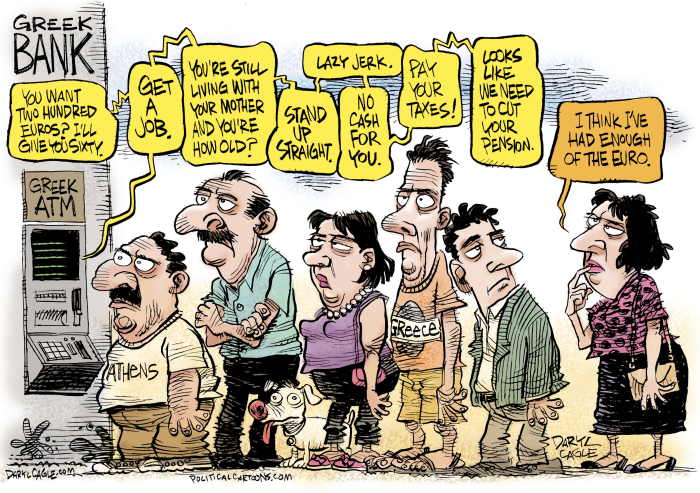Posted on 6th Jul, 2015 in Projects.
For the last few weeks, I've been writing about the introduction and usage of media technology in retail banking. It's a project that I've been working on (and around) for the last couple of years, but it didn't really come together until this past Spring (thanks in part to discussions with people like Craig Robertson.) Part of that project, actually the chapter that I'm just starting to work on, looks at the history of banking interfaces broadly defined; it examines the changes in the sites at which we access money in relation to bank architecture and lighting through to the development of the teller window and onto mobile banking apps. An important part of this history is the development of the ATM, probably the most successful outcome of experiments in banking-at-a-distance that started in the middle part of the twentieth century. There is a general consensus in the industry that the ATM as it was introduced about 45 years ago is in the process of disappearing, displaced by the arrival of mobile banking. This is certainly the case in parts of North America and Europe, although the ATM (and ATM-like kiosks) are still being rolled out in India, China and parts of Africa.

However, the recent events in Greece, particularly the introduction of regulations regarding bank withdrawals is a reminder that the place of the ATM in everyday life is far from past. Many of the images that have circulated about the situation in Greece have given prominent position to the ATM, viewing it both as the clearest evidence of how serious the current economic crisis is and as a scene at which debates about austerity are being enacted. Most of the images simply show long lines and angry Greeks trying to access their money (see above). However, there is a significant number of photos that juxtapose people using ATMs with slogans that have been painted on or around the machines themselves or banks surrounded by arms police (see below for examples of both).

This cartoon by Daryl Cagle nicely sums up the degree to which the ATM is one of the points at which the more abstracted political and economic aspects of this crisis intersect with the ways in which people live their lives. The circulation of these images of ATMs outside of Greece are important because they are attempts to provide a visual language for expressing the relationship between everyday life and global finance. ATMS are usually overlooked as part of the banal transactions that many of us participate in every day, but at moments of crisis they make visible how global finance is integrated into the quotidian. Perhaps they might contribute to a representational language that allows for a better understanding of the dominance of finance even when it's 'business as usual.'

One might also speculate how different this might look if ATMs truly were obsolete, further individualizing the experience of austerity.


Discussion
No comments yet.